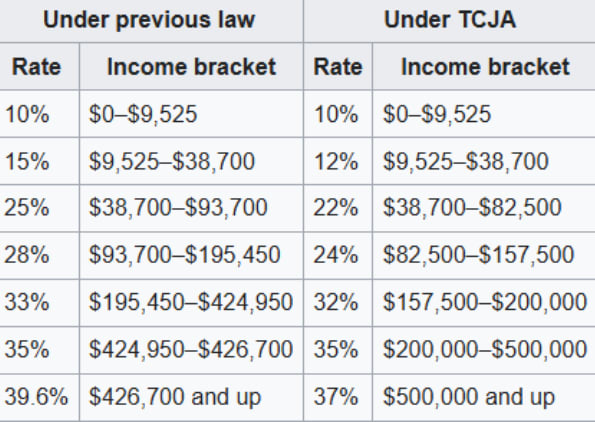Same Walls. Same Lights. Every. Single. Day.
You wake up, go to school, sit in class, eat lunch in the same loud cafeteria, and repeat. There’s barely any time to move, talk to friends, or just breathe outside. Sound familiar?
It’s no wonder students are asking for something different. The push to bring back recess and outdoor lunch is gaining momentum—not just because it sounds fun, but because it supports learning, well-being, and connection. Before we decide if schools should make the change, let’s take a closer look at both the ups and the potential downsides.
(Why Recess Should Be a Staple in Your Child’s Middle School, n.d.)
Why Going Outside Actually Helps You Learn
Let’s face it, spending seven hours indoors with barely any movement isn’t exactly the recipe for staying focused. Research from the Center for Disease Control and Prevention shows that students who get regular physical activity during the school day perform better academically. This means better focus, stronger memory, and fewer distractions mid-lesson.
Outdoor lunch offers a different kind of reset. Eating outside in natural light and fresh air can help students feel more relaxed and alert. According to health experts, exposure to sunlight boosts levels of vitamin D, which supports immune health, bone strength, and even mood regulation.
And then there’s recess. Unstructured break time gives students a chance to clear their minds, reduce stress, and return to class feeling more energized. Jennifer Wood, principal at East Ridge Elementary in Colorado, reported that after recess and outdoor lunch were reintroduced, students came back “refreshed and ready to learn.”
In short, stepping outside isn’t just good for your body—it’s a smart move for your brain, too.
What’s Holding Schools Back?
As appealing as recess and outdoor lunch may sound, not every school is rushing to bring them back. In the past, recess was far more common, especially in elementary and middle schools. But over time, as academic demands and standardized testing increased, many schools reduced or eliminated outdoor breaks to fit in more instructional time.
Safety is one of the biggest concerns. Supervising students in open spaces requires more staff, more structure, and a plan for unexpected situations—like injuries, conflicts, or students leaving designated areas.
There are also logistical challenges. School schedules are often packed, and administrators worry that adding outdoor time could cut into instructional time. There’s also the weather: unpredictable rain, extreme heat, or freezing temperatures can make outdoor time difficult to manage without proper facilities or backup plans.
For some schools, these concerns feel too complicated to work around. But others are starting to ask: is the trade-off between structured instructional time and student well-being worth it?
(Eating School Meals Outdoors -- National COVID-19 Outdoor Learning Initiative — Green Schoolyards America, n.d.)
Schools Are Getting Creative
While some schools hesitate, others are testing smart ways to bring outdoor time back into the school day. A few have introduced “Outdoor Lunch Days” once or twice a week, while others bring back recess during high-stress times like testing season. Some schools are even giving students a voice by allowing them to vote on how outdoor time fits into the schedule.
These small steps are showing big results: students report feeling more energized, teachers notice calmer classrooms, and the school community overall feels more connected. It proves that with a little planning, outdoor time doesn’t have to be chaotic or disruptive—it can make the day run smoother.
Why This Movement Matters
This isn’t just about fun or tradition, it’s about rethinking what makes a school day effective and healthy. After years of screen time, packed schedules, and academic pressure, students are asking for balance. Going outside gives them a chance to breathe, recharge, and return to class with a clearer mind.
Mental health, physical wellness, and student engagement are all tied to how the school day is structured. Outdoor time can support all three, which is why so many are pushing for it to return.
Let’s Give Students the Break They Deserve
At the end of the day, recess and outdoor lunch are about more than fresh air and free time. They’re about creating space in the school day for students to move, connect, and recharge. Not every school can change overnight, but small steps, like a few outdoor lunch days or a short daily recess, can make a real difference.
If we want students to succeed, we have to support not just their academics, but also their overall well-being. And sometimes, the smartest move is just stepping outside.
Sources:
- Centers for Disease Control and Prevention. “The Association Between School-Based Physical Activity, Including Physical Education, and Academic Performance.” https://www.cdc.gov/healthyschools/physicalactivity/facts.htm
- American Academy of Pediatrics. “The Crucial Role of Recess in School.” https://pediatrics.aappublications.org/content/131/1/183
- Harvard Health Publishing. “Vitamin D and Your Health.” https://www.health.harvard.edu
- Edutopia. “Why Kids Need Recess.” https://www.edutopia.org/article/why-kids-need-recess
- National Education Association. “Outdoor Learning Spaces Benefit Students and Teachers.” https://www.nea.org











